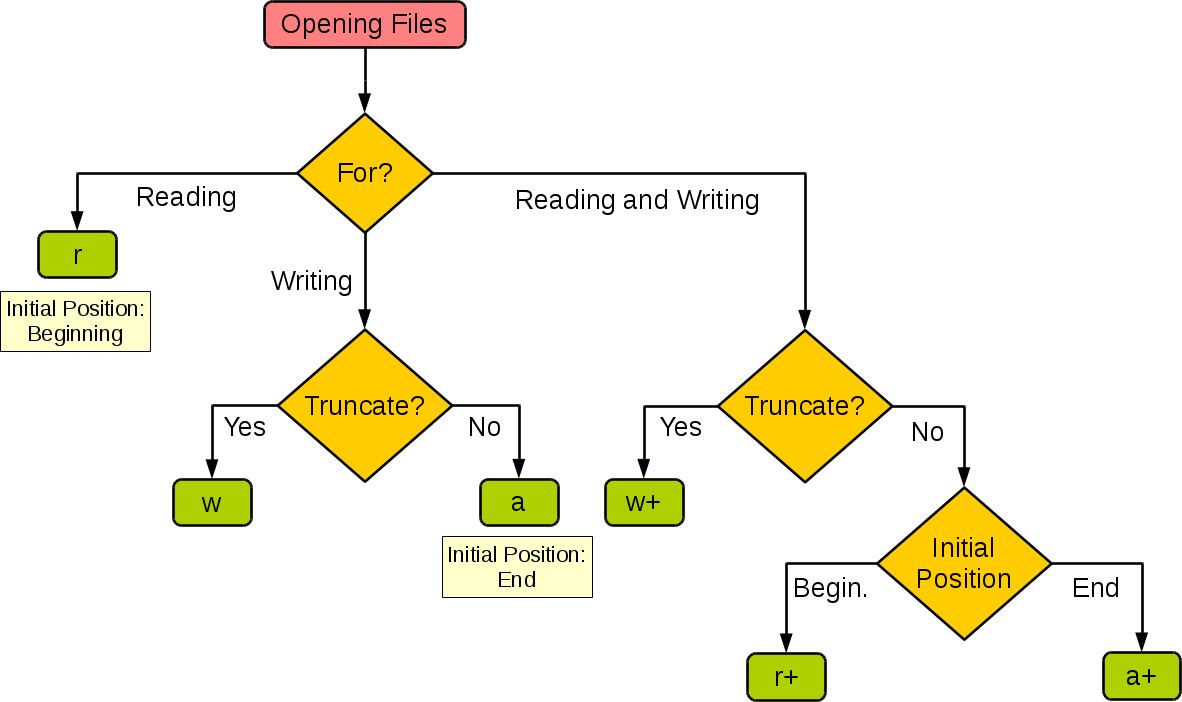Solving a Quadratic Equation
The following example demonstrates how to calculate the solutions of a quadratic equation based on user input:
Example (Python 3.0+):
# Quadratic equation: ax**2 + bx + c = 0
# a, b, c are real numbers provided by the user, with a ≠ 0
# Import the cmath (complex math) module
import cmath
a = float(input('Enter a: '))
b = float(input('Enter b: '))
c = float(input('Enter c: '))
# Calculate the discriminant
d = (b**2) - (4*a*c)
# Two solutions
sol1 = (-b - cmath.sqrt(d)) / (2*a)
sol2 = (-b + cmath.sqrt(d)) / (2*a)
print('The solutions are {0} and {1}'.format(sol1, sol2))When you run this code, the output will be:
Output:
$ python test.py Enter a: 1 Enter b: 5 Enter c: 6 The solutions are (-3+0j) and (-2+0j)
In this example, the program solves a quadratic equation of the form , where the coefficients , , and are provided by the user. The discriminant is used to determine the solutions, and the cmath.sqrt() function is applied to compute the square root. This approach handles complex solutions when necessary.




